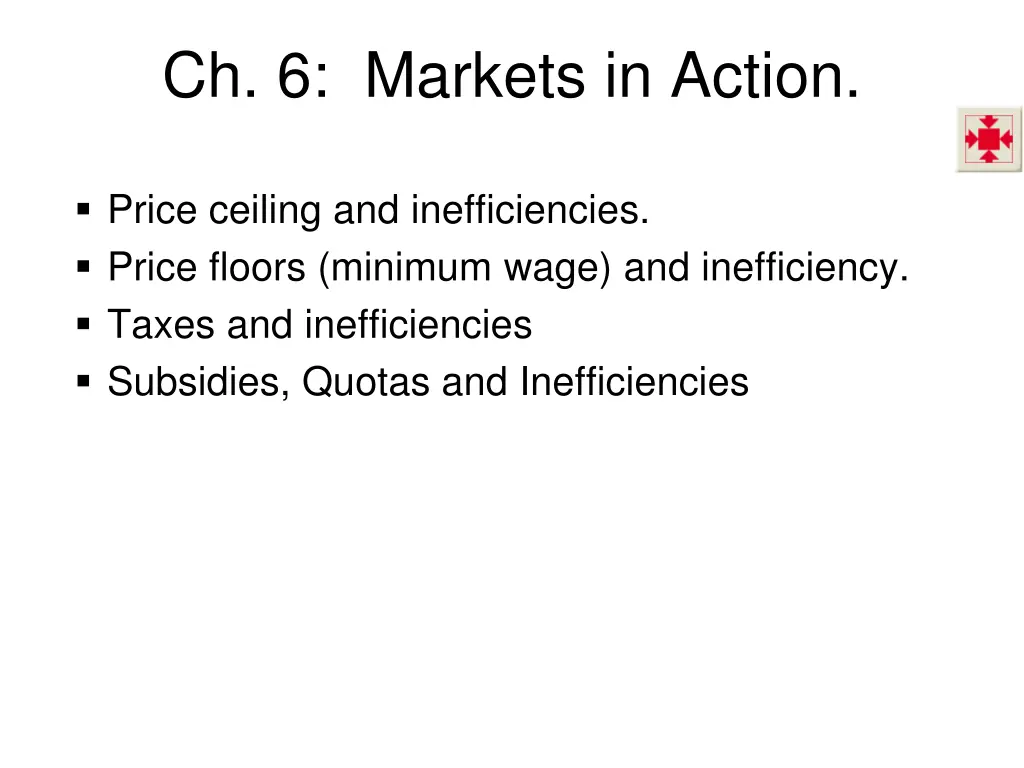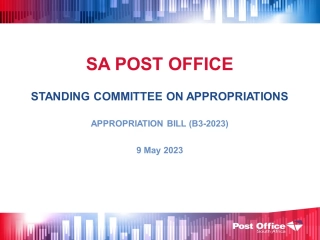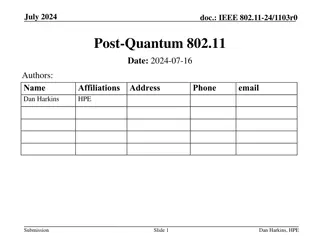
Understanding Market Dynamics and Price Interventions
Explore the concepts of price ceilings, price floors, taxes, subsidies, quotas, and their impact on market efficiency. Analyze the consequences of price interventions like minimum wage on consumers, producers, and overall economic welfare. Delve into scenarios where government interference can lead to surpluses, shortages, deadweight loss, and black markets.
Download Presentation

Please find below an Image/Link to download the presentation.
The content on the website is provided AS IS for your information and personal use only. It may not be sold, licensed, or shared on other websites without obtaining consent from the author. If you encounter any issues during the download, it is possible that the publisher has removed the file from their server.
You are allowed to download the files provided on this website for personal or commercial use, subject to the condition that they are used lawfully. All files are the property of their respective owners.
The content on the website is provided AS IS for your information and personal use only. It may not be sold, licensed, or shared on other websites without obtaining consent from the author.
E N D
Presentation Transcript
Ch. 6: Markets in Action. but1 Price ceiling and inefficiencies. Price floors (minimum wage) and inefficiency. Taxes and inefficiencies Subsidies, Quotas and Inefficiencies
The effect of price ceilings. but1 Price ceiling is a maximum price. binding only if ceiling is below equilibrium price. binding price ceiling causes a shortage.
SR & LR effects without price ceiling but1 Suppose equilibrium price of gasoline is $4 and a hurricane destroys numerous refineries. Examine SR & LR effects on price and quantity. S $4 D
Compare outcomes with and without a price ceiling at $4 Shortage Effect on consumer s surplus Effect on producer s surplus Deadweight loss Black markets, search costs, enforcement costs but1 S $4 D Millions of gallons per day
The effect of price floors but1 A price floor is a minimum price binding only if it is set above the equilibrium price binding price floor creates a surplus.
Minimum Wage but1 Is a price floor on labor. Why is there a minimum wage? Would a higher minimum wage make workers better off? Efficiency versus equity
The Labor Market and the Minimum Wage but1 Minimum wage is a price floor. Price floor is binding only if it is above equilibrium price.
The Labor Market and the Minimum Wage but1 A binding price floor reduces consumer (employer) surplus Could increase or decrease producer (employee) surplus Creates a deadweight loss Destroys some of the producer surplus (employee) through search activity.
The Effect of Price Floors but1 In general, a binding price floor will result in: a. Buyers (employers) are worse off b. Sellers (employees) could be better or worse off. c. A deadweight loss. S a b c d $3 f $2 $1 e D 1000 500 1500
Taxes but1 Tax Incidence the division of the burden of a tax between the buyer and the seller. When an item is taxed, its price might rise by the full amount of the tax, by a lesser amount, or not at all. If the price rises by the full amount of the tax, the buyer pays all of the tax. If the price rises by a lesser amount than the tax, the buyer and seller share the burden of the tax. If the price doesn t rise at all, the seller pays the tax.
Taxes but1 Tax Incidence Tax incidence doesn t depend on tax law. The law might impose a tax on the buyer or the seller, but the outcome will be the same. Example: On July 1, 2002, Mayor Bloomberg upped the cigarette tax in New York City from almost nothing to $1.50 a pack.
Tax Incidence but1 .
Taxes but1 Tax incidence: Buyer: $1 Seller : $.50
Taxes but1 A Tax on Buyers suppose that buyers, not sellers, are taxed $1.50 a pack. Tax incidence: Buyer: $1 Seller: $.50
Tax Division and Elasticity of Demand but1 The more inelastic the demand, the larger is the buyers share of the tax.
Taxes but1 The more elastic the supply, the larger is the buyers share of the tax.
Taxes but1 Taxes in Practice Taxes usually are levied on goods and services with an inelastic demand or an inelastic supply. Alcohol, tobacco, and gasoline have inelastic demand, so the buyers of these items pay most of the tax on them. Labor has a low elasticity of supply, so the seller the worker pays most of the income tax and most of the Social Security tax.
Taxes but1 Taxes create allocative inefficiency unless S or D is perfectly inelastic. What s effect of tax on 1. Consumer surplus 2. Producer surplus 3. Tax revenue 4. Deadweight loss Excess burden of tax reduction in consumer & producer surplus minus tax revenue Identical to deadweight loss
Subsidies and Quotas but1 Fluctuations in the weather bring big fluctuations in farm output. How do changes in farm output affect the prices of farm products and farm revenues? How might farmers be helped by intervention in markets for farm products?
Stabilizing Farm Revenues but1 A poor harvest decreases supply. Effect on total revenue? higher price lower quantity How would answer change if demand were elastic?
Stabilizing Farm Revenues but1 A large harvest increases supply. Effect on total revenue? Lower price Higher quantity How would answer change if demand were elastic?
Stabilizing Farm Revenues but1 Intervention in markets for farm products takes two main forms: Subsidies a payment made by the government to a producer that s in addition to market price received. Production quotas an upper limit on the quantity of a good that may be produced during a specified period.
Subsidies but1 Effect of $20 subsidy Equilibrium quantity Equilibrium price Consumer surplus Producer surplus Cost to taxpayers Deadweight loss
Quotas but1 Maximum production allowed. Binding only if below equil quantity limits total production to 40 million tons a year. Effect on Price Consumer s surplus Producer s surplus Deadweight loss Price of license






















